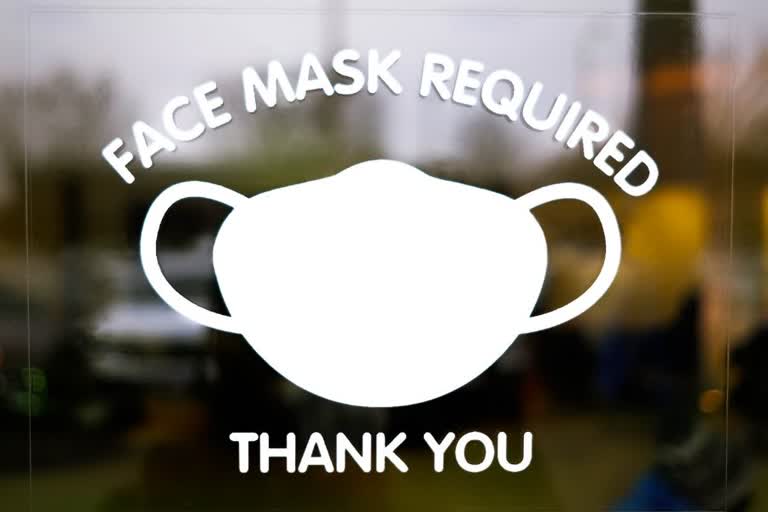Against this bleak picture, we yearn to get back to normal. We'd like to meet friends in a pub or have them over for dinner. We'd like our struggling business to thrive like it did before the pandemic. We'd like our children to return to their once-familiar routine of in-person schooling and after-school activities. We'd like to ride on a bus, sing in a choir, get back to the gym, or dance in a nightclub without fear of catching COVID.
Which of these activities is safe? And how safe exactly? These were the questions we sought to answer in our latest research.
SARS-CoV-2, the virus that causes COVID, spreads mainly by airborne transmission. So the key to preventing transmission is to understand how airborne particles behave, which requires knowledge from physics and chemistry.
Air is a fluid made up of invisible, rapidly and randomly moving molecules, so airborne particles disperse over time indoors, such as in a room or on a bus. An infected person may exhale particles containing the virus, and the closer you are to them, the more likely you are to inhale some virus-containing particles.
But the longer the period you both spend in the room, the more spread out the virus will become. If you are outdoors, the space is almost infinite, so the virus doesn't build up in the same way. However, someone can still transmit the virus if you're close to them.
Viral particles can be emitted every time an infected person breathes, but especially if their breathing is deep (such as when exercising) or involves vocalisation (such as speaking or singing). While wearing a well-fitting maskreduces transmission because the mask blocks the release of virus, the unmasked infected person who sits quietly in a corner is much less likely to infect you than one who approaches you and starts a heated argument.
Also Read:Boost Your Immunity And Prevent COVID With Ayurveda
All variants of SARS-CoV-2 are equally airborne, but the chance of catching COVID depends on the transmissibility (or contagiousness) of the variant (delta was more contagious than previous variants, but omicron is more contagious still) and on how many people are currently infected (the prevalence of the disease). At the time of writing, more than 97% of COVID infections in the UK are omicronand one person in 15 is currently infected (prevalence 6.7%). While omicron appears more transmissible, it also seems to produce less severe illness, especially in vaccinated people.
